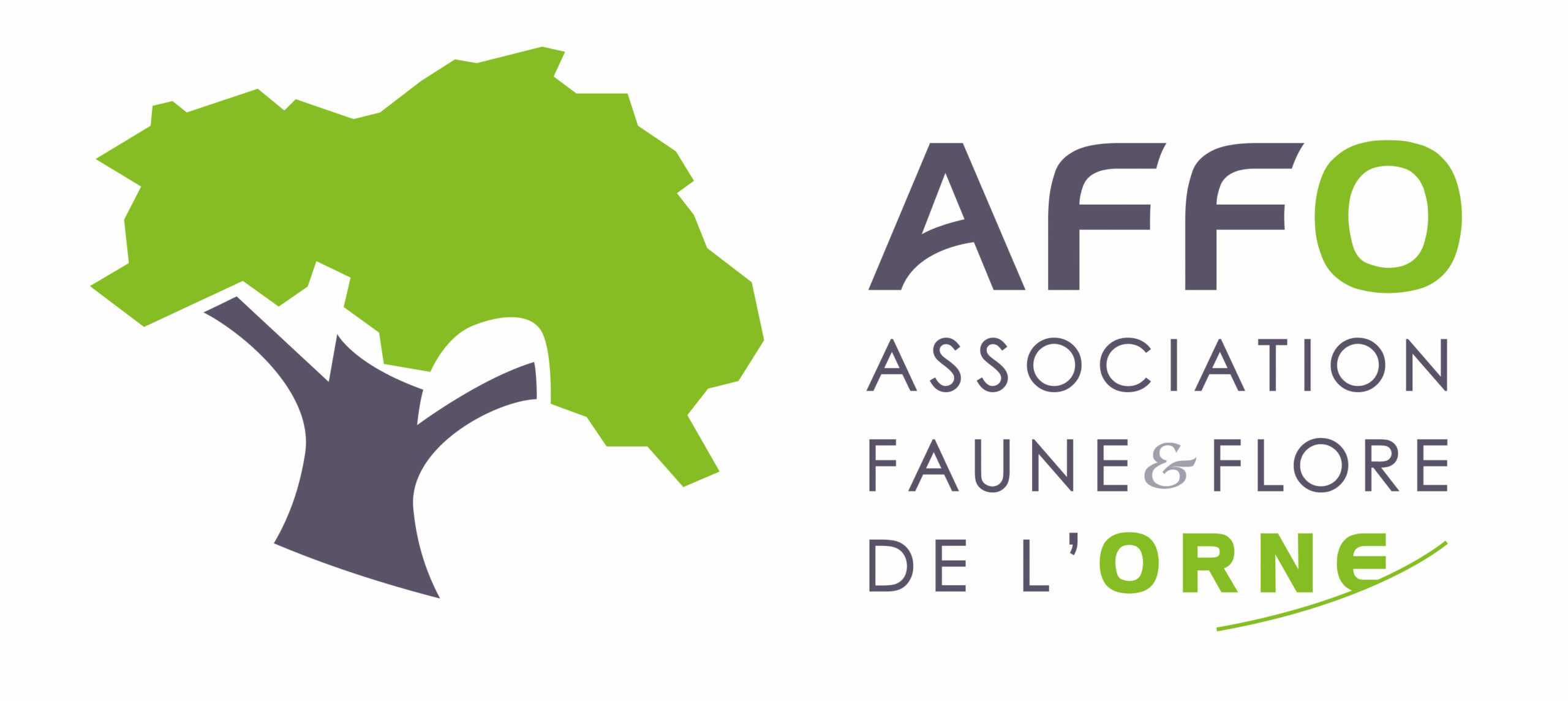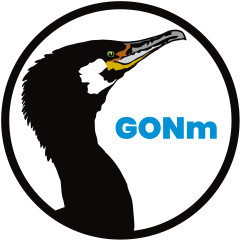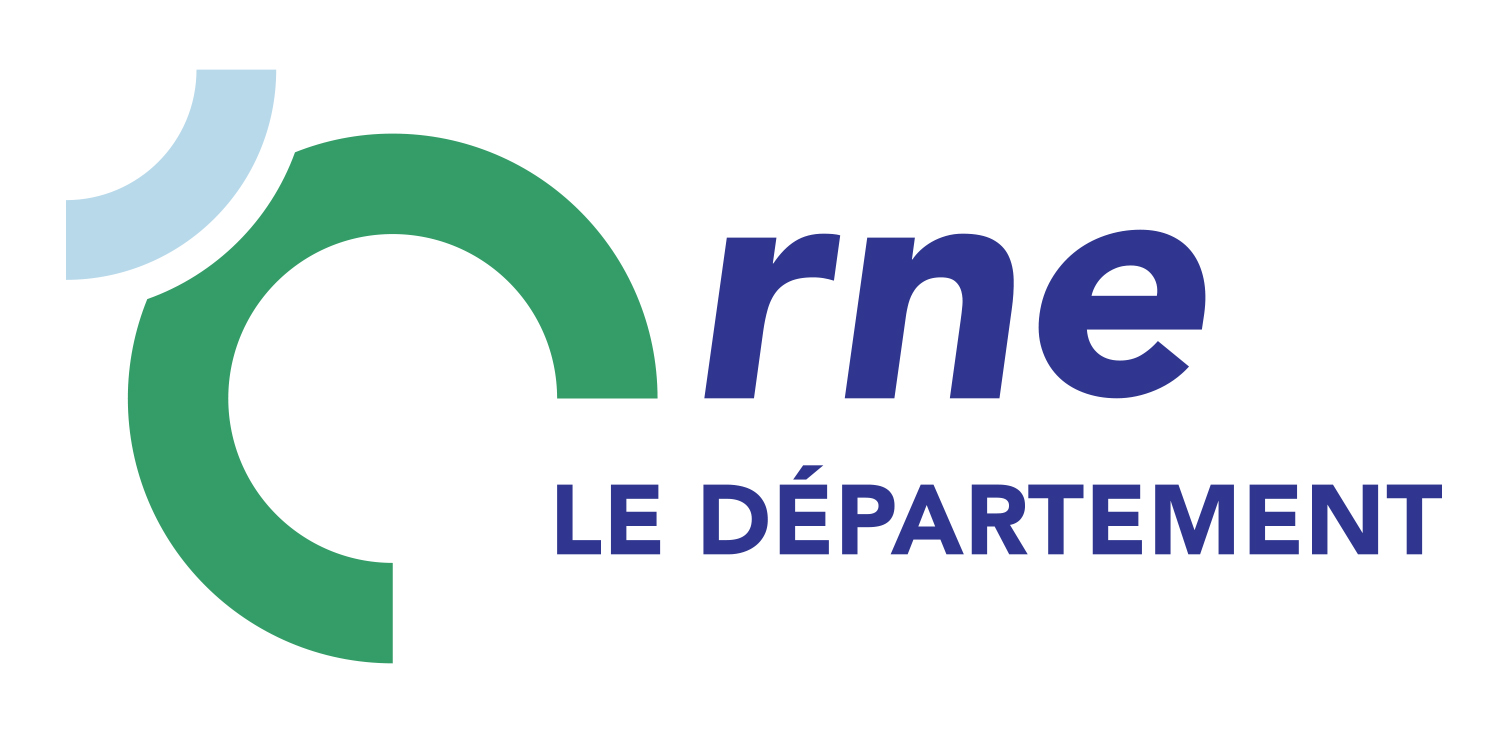Où cette espèce a-t-elle été observée ?
 Attention : cette espèce peut être présente où il n’y a pas de maille, mais à ce jour elle n’y a pas encore été observée.
Attention : cette espèce peut être présente où il n’y a pas de maille, mais à ce jour elle n’y a pas encore été observée.
- 3 202 observations
-
108
communes -
104
observateurs
16
organismes -
Première observation
1960 -
Dernière observation
2025
Appenai-sous-Bellême - Arcisses - Argenvilliers - Authon-du-Perche - Bazoches-sur-Hoëne - Beaulieu - Beaumont-les-Autels - Belforêt-en-Perche - Belhomert-Guéhouville - Bellavilliers - Béthonvilliers - Bizou - Boëcé - Bretoncelles - Ceton - Champeaux-sur-Sarthe - Champrond-en-Gâtine - Champrond-en-Perchet - Chapelle-Guillaume - Chapelle-Royale - Charbonnières - Charencey - Combres - Corbon - Coulimer - Courgeon - Cour-Maugis sur Huisne - Crulai - Digny - Feings - Fontaine-Simon - Frazé - Friaize - Igé - La Bazoche-Gouet - La Chapelle-Fortin - La Chapelle-Souëf - La Croix-du-Perche - La Ferté-Vidame - La Loupe - La Madeleine-Bouvet - La Mesnière - La Puisaye - La Saucelle - La Ventrouze - Le Favril - Le Mage - Le Mesnil-Thomas - Le Pas-Saint-l'Homer - Le Pin-la-Garenne - Les Autels-Villevillon - Les Corvées-les-Yys - Les Menus - Les Ressuintes - L'Hôme-Chamondot - Loisail - Longny les Villages - Luigny - Maillebois - Manou - Marolles-les-Buis - Mauves-sur-Huisne - Meaucé - Miermaigne - Montireau - Montlandon - Mortagne-au-Perche - Moulhard - Moutiers-au-Perche - Nogent-le-Rotrou - Nonvilliers-Grandhoux - Parfondeval - Perche en Nocé - Pervenchères - Pouvrai - Rémalard en Perche - Réveillon - Sablons sur Huisne - Saint-Aquilin-de-Corbion - Saint-Bomer - Saint-Cyr-la-Rosière - Saint-Denis-des-Puits - Sainte-Céronne-lès-Mortagne - Saint-Éliph - Saint-Germain-de-la-Coudre - Saint-Hilaire-le-Châtel - Saint-Hilaire-sur-Erre - Saintigny - Saint-Jouin-de-Blavou - Saint-Langis-lès-Mortagne - Saint-Mard-de-Réno - Saint-Martin-des-Pézerits - Saint-Martin-du-Vieux-Bellême - Saint-Maurice-Saint-Germain - Saint-Quentin-de-Blavou - Saint-Victor-de-Buthon - Senonches - Soligny-la-Trappe - Souancé-au-Perche - Thimert-Gâtelles - Thiron-Gardais - Tourouvre au Perche - Trizay-Coutretot-Saint-Serge - Val-au-Perche - Vaupillon - Verrières - Vichères - Villiers-sous-Mortagne
-
PNR du Perche
Participation à 2484 Observations
Part d'aide à la prospection : 77.58 %
Fiche organisme
-
DREAL Centre-Val de Loire
Participation à 189 Observations
Part d'aide à la prospection : 5.90 %
Fiche organisme
-
Association Faune & Flore de l'Orne (AFFO)
Participation à 178 Observations
Part d'aide à la prospection : 5.56 %
Fiche organisme
-
France Nature Environnement Centre-Val de Loir
Participation à 134 Observations
Part d'aide à la prospection : 4.18 %
Fiche organisme
-
Eure-et-Loir Nature
Participation à 107 Observations
Part d'aide à la prospection : 3.34 %
Fiche organisme
-
UMS PatriNat (OFB-CNRS-MNHN)
Participation à 22 Observations
Part d'aide à la prospection : 0.69 %
Fiche organisme
-
Muséum national d'Histoire naturelle (MNHN)
Participation à 21 Observations
Part d'aide à la prospection : 0.66 %
Fiche organisme
-
Conservatoire d'espaces naturels du Centre-Val de Loire (CEN CVL)
Participation à 21 Observations
Part d'aide à la prospection : 0.66 %
Fiche organisme
-
Ministère de la Transition écologique et de la Cohésion des territoires
Participation à 14 Observations
Part d'aide à la prospection : 0.44 %
Fiche organisme
-
PNR et géoparc mondial UNESCO Normandie-Maine
Participation à 10 Observations
Part d'aide à la prospection : 0.31 %
Fiche organisme
-
Société d'études ornithologiques de France (SEOF)
Participation à 5 Observations
Part d'aide à la prospection : 0.16 %
Fiche organisme
-
Groupe Ornithologique Normand (GONm)
Participation à 2 Observations
Part d'aide à la prospection : 0.06 %
Fiche organisme
-
Office national des forêts (ONF)
Participation à 2 Observations
Part d'aide à la prospection : 0.06 %
Fiche organisme
-
Conseil départemental de l'Orne (bureau ENS)
Participation à 2 Observations
Part d'aide à la prospection : 0.06 %
Fiche organisme
-
Eole Champagne Conlinoise
Participation à 1 Observation
Part d'aide à la prospection : 0.03 %
Fiche organisme
Informations espèce
Répartition actuelle en France métropolitaine
© INPN - Avertissement : les données visualisables reflètent l'état d'avancement des connaissances et/ou la disponibilité des données existantes au niveau national : elles ne peuvent en aucun cas être considérées comme exhaustives.
Répartition actuelle dans le monde
Avertissement : les données visualisables reflètent l'état d'avancement des connaissances et/ou la disponibilité des données existantes au niveau mondial : elles ne peuvent en aucun cas être considérées comme exhaustives.
















